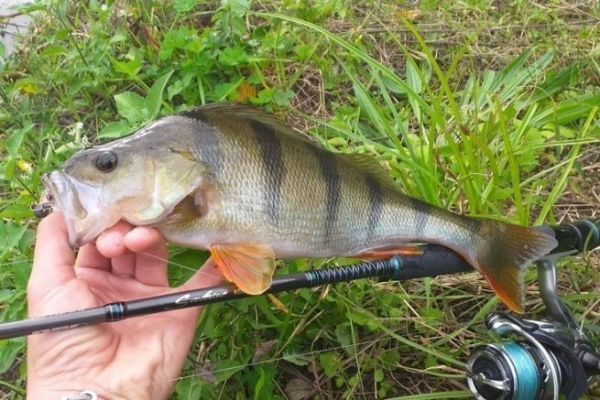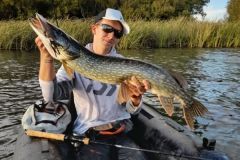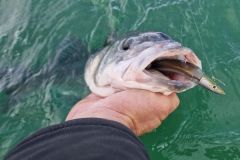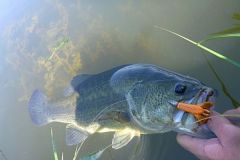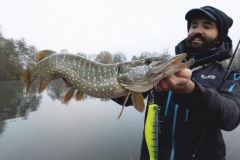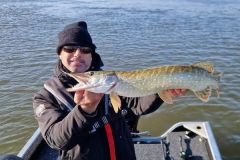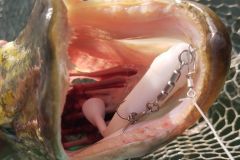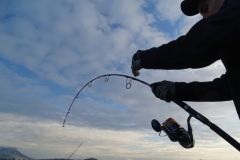Different fish to target in winter
Winter is the season when percids gather around the white fish balls to pick up an occasional meal. Activity is low, but the fish still need to feed to withstand the low temperatures. Perch and pike-perch are the fish most often encountered, but also black-bass (although a perciform, not a percid), whose behavior can be very similar to that of percids in winter.
Schools of fish usually gather near rocky structures adjacent to a strong break. Although the fish travel only a short distance in very cold water, they still move through the height of the water layer to find temperatures that suit them. In fact, fish are frequently found suspended under forage fish, looking for a low-energy meal.
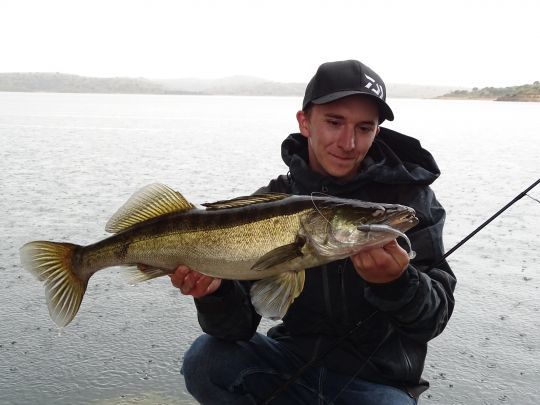
Slow down the fishing action
A very low water temperature slows down the metabolism of carnivores, which need much more time to digest a meal. Each move requires a lot of energy, which is why the fish are not very active.
To increase our chances of catching a fish, it's essential to slow down our animations so that a predator can grab our lure without wasting too much energy. Fish are more opportunistic, and a lure cast in the right place, as close as possible to where the predator is, often results in a hit.
Downsizing and the right decoys
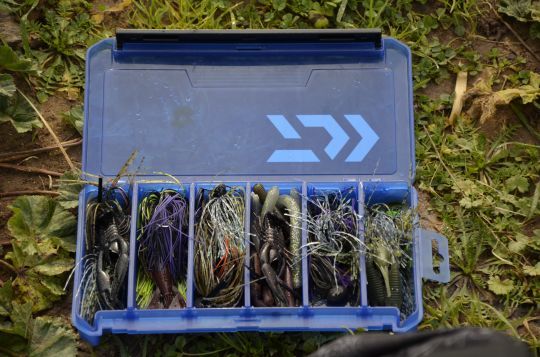
Knowing how to intelligently choose the lures you can use in winter will greatly increase your chances of success. Forget lures that need a high retrieve speed to work. Soft lures are particularly effective, as you can vary the weight of the lead heads to fish as slowly as possible. As far as shapes are concerned, we recommend lures with lots of appendages, such as tubes or creatures.
Winter is also the perfect time to bring out curly tails and grubs, whose tails vibrate at the slightest touch. Since you're going to be luring fish by fishing slowly, it's important to choose lures with fine profiles, small enough so that predators only have one bite to digest. Color is also important, and should preferably be as natural and imitative of prey as possible, as a lethargic fish may observe our lure for a long time before deciding to seize it.

 /
/ 